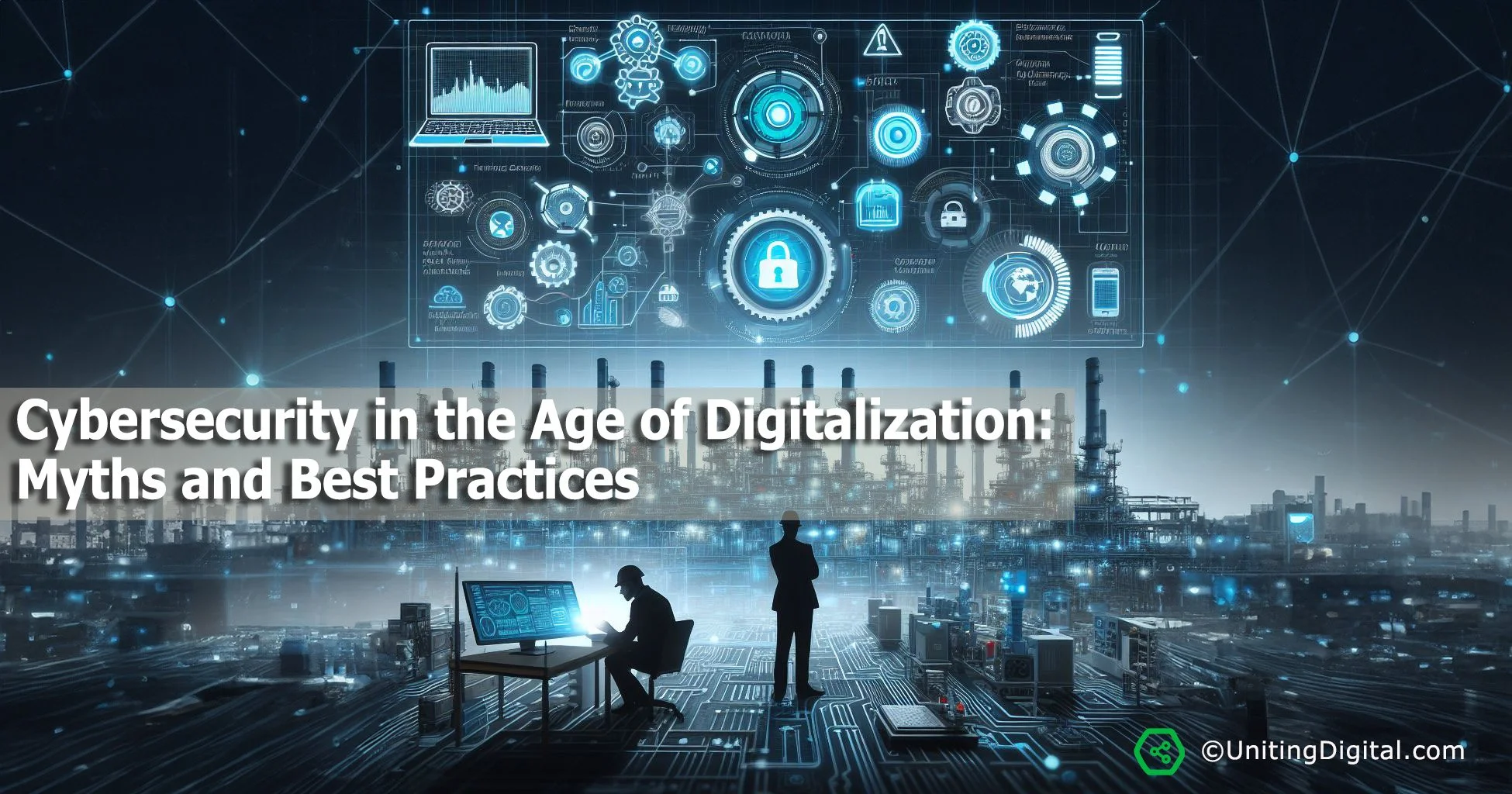Cybersecurity in the Age of Digitalization: Myths and Best Practices
In today's digital age, cybersecurity is of utmost importance as organizations face evolving cyber threats. It is crucial to separate myths from reality and adopt best practices to protect sensitive information and ensure business continuity.
Myths about Cybersecurity
"Purchase a Security Solution and Never Worry Again": Cybersecurity is an ongoing process that re+-quires collaboration between management, facilities teams, and IT teams. It involves implementing a hardened platform solution and promptly patching and protecting IT systems.
"One Size Fits All Cybersecurity Solution for an Enterprise": Different businesses have varying threat levels and potential impacts. It is essential to assess the acceptable level of risk and prioritize cyber preparedness and resiliency for both OT and IT systems.
"Smaller Enterprises Need a Much Lower Level of Protection than Multinationals": Business size does not determine the level of protection required. High-risk environments demand a higher priority for cyber preparedness, regardless of the organization's size.
"People Are Largely Passive in the Cyber World": Employees play a significant role in cybersecurity. Educating the workforce about cyber threats can turn them into a security asset rather than a weakness.
"Firewalls Provide Complete Protection": Firewalls are essential components of cybersecurity, filtering incoming and outgoing network traffic. However, they are not infallible. Cyber threats are increasingly sophisticated, and a firewall alone cannot address all potential risks. A comprehensive cybersecurity strategy includes regular updates, intrusion detection systems, and employee training.
Best Practices for Cybersecurity
Defense in Depth: Adopt a multi-layered approach to cybersecurity, considering physical security, network safeguards, and system integrity. Overcoming multiple obstacles makes it more challenging for potential attackers.
Secure by Design: Engineering secure products and solutions is crucial to combat the ever-changing threat landscape. Prevention, detection, and reaction should be integrated into the development of products, solutions, and services.
Continuous Improvement: Cybersecurity is a continuous process that requires ongoing investment and vigilance. Regular reviews, updates, and training are necessary to keep pace with evolving cyber threats.
Regular Training and Awareness: Invest in continuous cybersecurity training for employees to keep them informed about the latest threats and preventive measures. Awareness programs help foster a culture of vigilance and responsibility.
…Read Full Article- Join our Community - Tech Sphere!
The TECH SPHERE Community is the perfect space for those looking to deepen their tech knowledge and stay ahead of industry trends.


